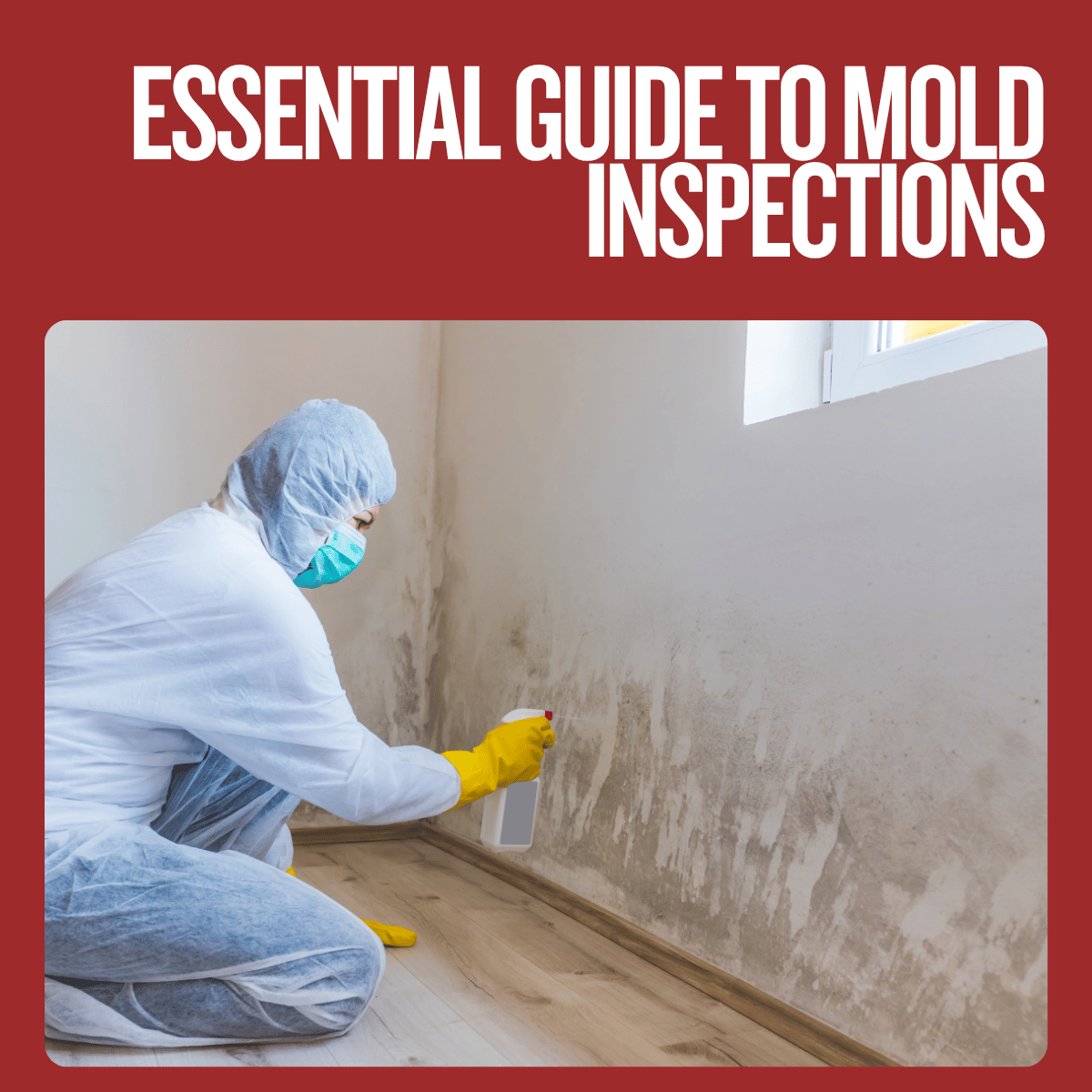Essential Guide to Mold Inspection: Protecting Your Home and Health
Why do you need a mold inspection? Mold isn’t just an unsightly nuisance—it’s a potential hazard to your home and health. Left unchecked, mold can spread quickly, leading to respiratory issues and structural damage. Understanding the importance of mold inspection is essential for homeowners aiming to maintain a healthy environment. This guide provides crucial insights into mold inspection, prevention strategies, and how to ensure your home remains mold-free.
Understanding Mold: Essential Facts
Mold is a fungus thriving in damp, humid conditions. It reproduces through tiny spores that float through the air, settling in moist areas like bathrooms, kitchens, basements, or around leaky pipes. Mold varies in color, including black, green, white, or orange, and appears fuzzy or slimy. While mold naturally breaks down organic matter outdoors, indoor mold poses significant health risks and structural concerns.
The Importance of Regular Mold Inspections
Routine mold inspections help detect hidden mold, preventing extensive damage and costly repairs. Mold often grows unseen behind wallpaper, beneath carpets, or inside HVAC systems. Early detection through professional inspections safeguards health, particularly for those with allergies, asthma, or weakened immune systems. Mold inspections are crucial when buying or selling property, ensuring a safe environment for all occupants.
Common Signs of Mold in Your Home
Identifying mold early can prevent widespread contamination. Watch for these key signs:
- Musty odors, particularly in poorly ventilated spaces
- Visible mold growth on walls, ceilings, or floors
- Persistent respiratory or allergic symptoms like sneezing, coughing, and skin irritation
Health Risks Associated with Mold Exposure
Exposure to mold can lead to respiratory issues, allergic reactions, and even neurological problems. Individuals with asthma or weakened immune systems are particularly vulnerable. Some molds produce mycotoxins, leading to severe health effects like headaches, fatigue, dizziness, and even organ damage.
How to Prepare for a Mold Inspection
Ensure a successful inspection by:
- Selecting certified, reputable mold inspection professionals
- Clearing clutter and providing easy access to attics, basements, and crawl spaces
- Documenting any previous water damage or suspected mold areas
The Mold Inspection Process Explained
Professional mold inspections typically include:
- Visual assessment for visible mold and moisture
- Use of moisture meters and thermal imaging to detect hidden mold
- Collection of air and surface samples for lab analysis
- Detailed inspection reports outlining findings and remediation recommendations
DIY Mold Inspection vs. Professional Services
While DIY inspections might seem cost-effective, professionals offer significant advantages:
- Specialized equipment for detecting hidden mold
- Accurate identification of mold species and health risks
- Expert advice on effective remediation and prevention strategies
Mold Remediation: Steps to Expect After Inspection
If mold is found, remediation involves:
- Containing affected areas to prevent spore spread
- Removing contaminated materials like drywall, insulation, and carpets
- Cleaning and disinfecting non-porous surfaces
- Repairing leaks, improving ventilation, and controlling humidity
- Restoring the affected areas to their original condition
- Authoritative source: IICRC Mold Remediation Guidelines
Preventing Mold Growth in Your Home
Effective mold prevention strategies include:
- Improving ventilation in high-moisture areas
- Using exhaust fans and dehumidifiers
- Regular home maintenance and prompt leak repairs
- Keeping indoor humidity levels below 60%
- Maintaining cleanliness and reducing clutter
Conclusion: Taking Action for a Healthier Home
Mold inspections are vital for maintaining a safe and healthy home environment. Recognize the signs, understand the risks, and prioritize regular inspections to protect your property and family. Stay proactive—your health and home depend on it.
